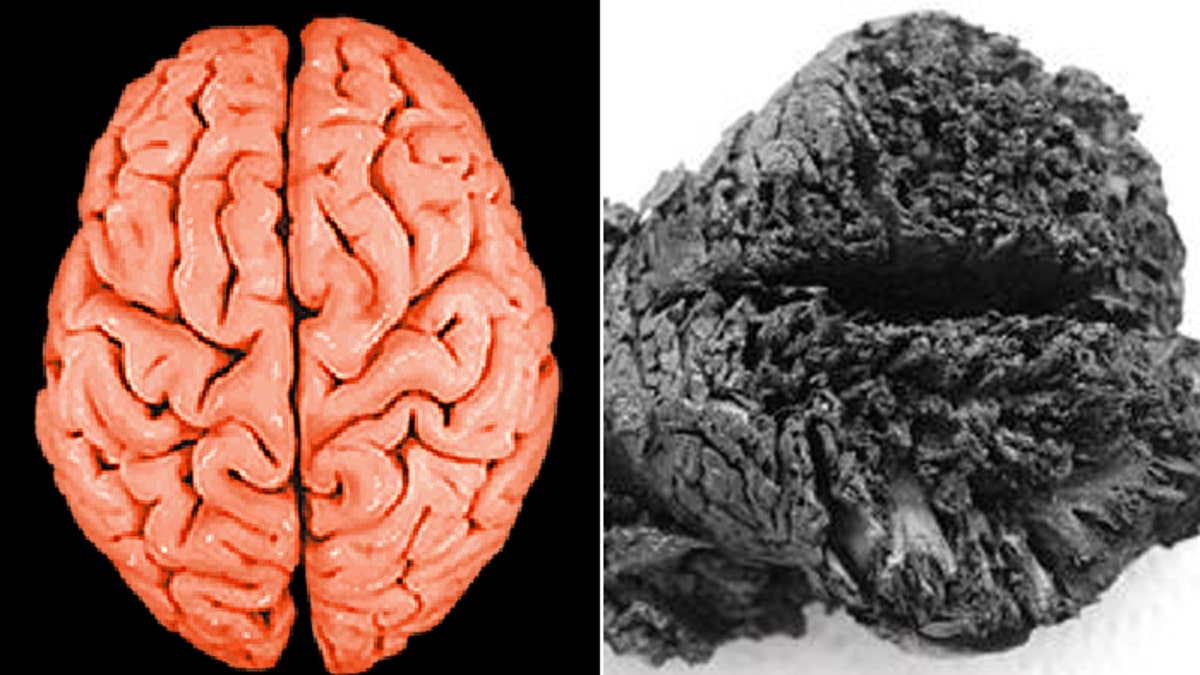
Which brain looks like it went through an earthquake, fire and burial for 4,000 years? (Courtesy: Halic University Istanbul)
A 4,000-year-old human brain, preserved by a combination of mineral-rich soil, fire and something known as "corpse wax," has been found in Turkey.
The brain looks more like a piece of burned log, notes New Scientist, but it could unlock clues to the prehistoric mind. Found in the Bronze Age settlement of Seyitömer Höyük, western Turkey, the tissue was amid four skeletons dug up there between 2006 and 2011. Scientists from Haliç University, in Istanbul, who have been analyzing the brain, say special circumstances led to its preservation. The skeletons were found burned in a layer of sediment that also contained charred wood. It appears that an earthquake struck the region, flattened the settlement and buried the people before fire spread through the rubble, according to investigators.
"The level of preservation in combination with the age is remarkable," says Frank Rühli at the University of Zurich, Switzerland, who has examined medieval brain tissue. Rühli says that most archaeologists don't bother looking for the remains of brain tissue because they assume it is seldom preserved.
The flames likely consumed all the oxygen in the rubble and literally boiled the brains in their own fluids. With no moisture and no oxygen, the brains, though boiled and burned, were remarkably preserved for millennia. One other factor helped preserve the shape of the boiled soft tissue: The local soil is rich in potassium, magnesium and aluminum, which reacted with fatty acids from the human tissue to form a substance called adipocere, known to coroners as corpse wax.
It's not the first brain to survive thousands of years, but it may be the oldest. Two years ago, scientists found a 2,600-year-old brain in a bog, where oxygen-depleted water stopped it from breaking down. Another brain that outlived its host by a long, long time was that of an Inca child sacrificed 500 years ago. In that case, freezing temperatures atop an Andean mountain preserved the brain.
Rühli told New Scientist that it might be possible to look for pathological conditions such as tumors and degenerative diseases in old brains.
"If we want to learn more about the history of neurological disorders, we need to have tissue like this," he said.
